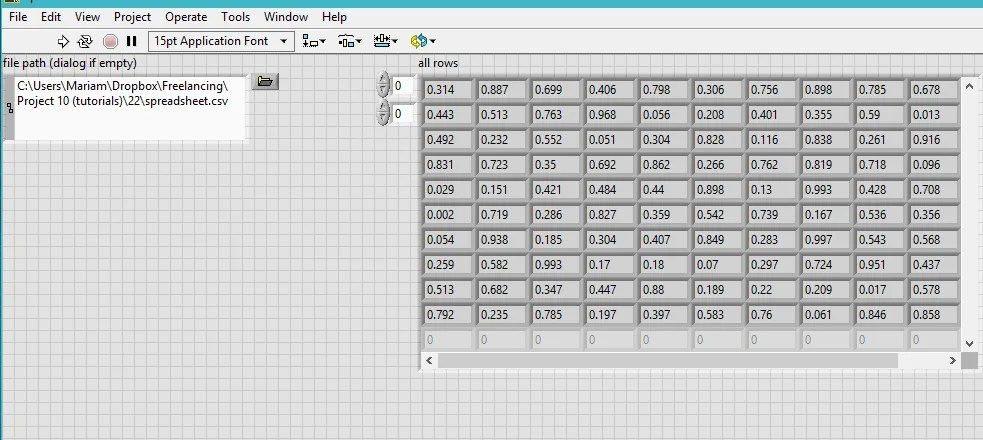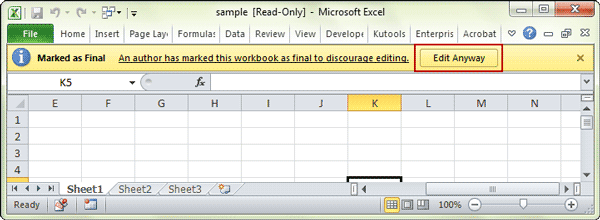



I suggest to you to get all the raw data in one read: it will be faster and (funnily enough) less memory-intensive. Step 3: In this step, we will open an Excel file ResultFile.xls in the current directory. When you create a new Excel project, you typically create a new file in the same folder as the Excel file. Steps (a), (b), (d), and (e) add A LOT OF OVERHEAD for reading just one small range at step (c).Īpproach. The idea is to do this in Excel so that you can read the CSV file and read rows in Excel, then store the data in a Excel spreadsheet, and then read the list of data when you want to read the data in Excel. Every time is called, xlsread() (a) instantiates a COM server for Excel, (b) opens the file, (c) reads the data, (d) closes the file, and (e) cleans up the COM server. X = % depending on RANGES, this might fail MATLAB Function Reference xlsread Read Microsoft Excel spreadsheet file (.xls) Syntax num xlsread('filename') num xlsread('filename', -1) num xlsread('filename', sheet) num xlsread('filename', 'range') num xlsread('filename', sheet, 'range') num xlsread('filename', sheet, 'range', 'basic') num xlsread('filename'. = cellfun(READFUN, RANGES, 'UniformOutput', 0) This implies that the only way to read disjoint ranges is to call xlsread() for each contiguous range, and then combine the results, e.g: FNAME = 'Book1.xlsx' In a normal case I use the 'import data' app. To interactively select data, click Import Data on the Home tab, in the Variable section. You can read data into tables interactively or programmatically. For example, you can specify the number of header lines in the file, the expected number of variables or columns, or a range. C readcell (filename,Name,Value) specifies options using one or more name-value arguments. xlsread() doesn't support disjoint ranges. Matlab: read multiple columns from an excel spreadsheet by using xlsread Ask Question Asked 1 year, 1 month ago Modified 1 year, 1 month ago Viewed 276 times 0 I have an Excel sheet with 300 columns, from which I just need several ranges. Try this: FileFormat '.xls' or '.xlsx' choose one ( by default MATLAB imports only '. The best way to represent spreadsheet data in MATLAB is in a table, which can store a mix of numeric and text data, as well as variable and row names. C readcell (filename) creates a cell array by reading column-oriented data from a text or spreadsheet file. I hope my answer will not be downvoted for trying to convince you to approach the problem differently.


 0 kommentar(er)
0 kommentar(er)
